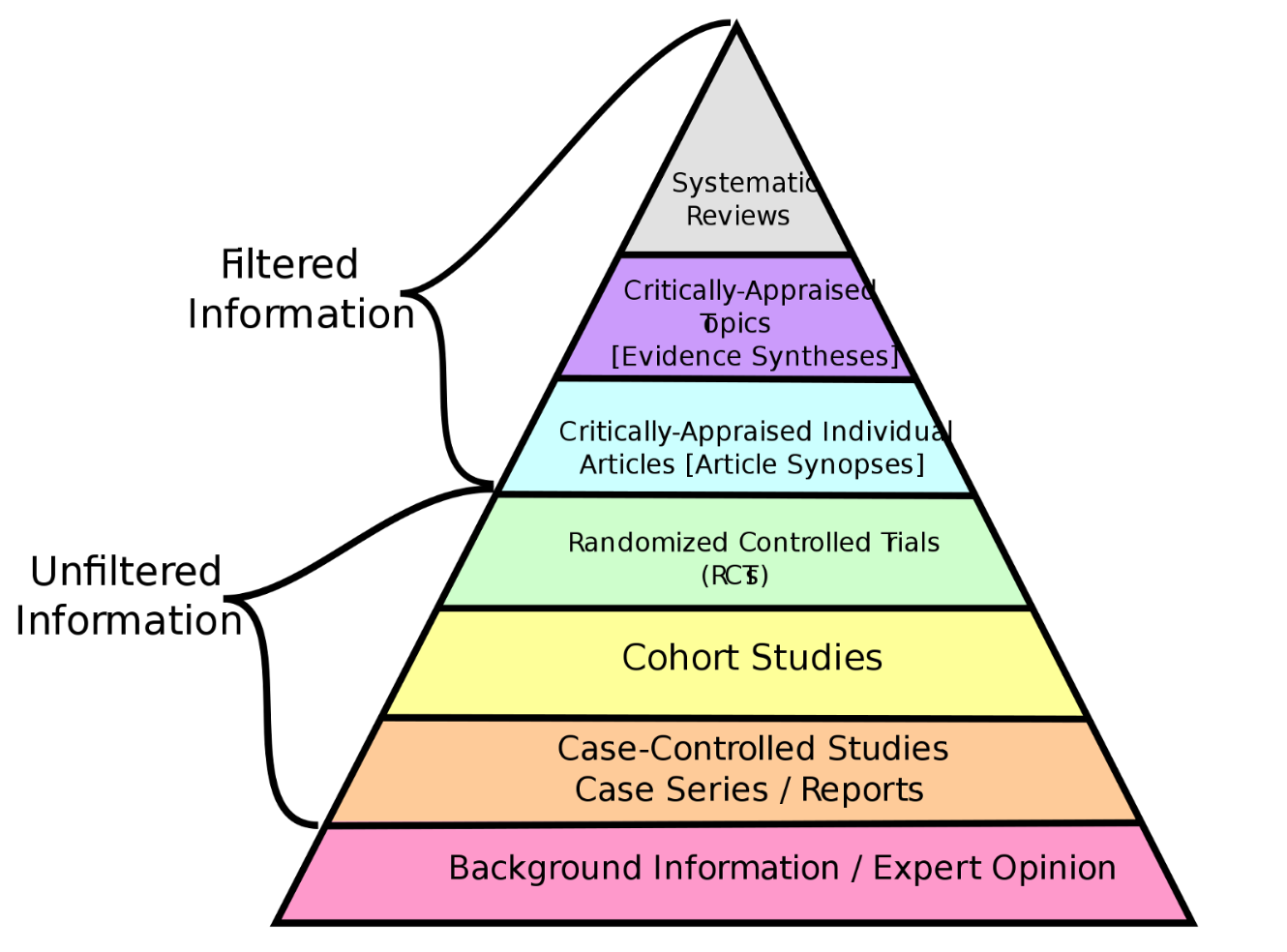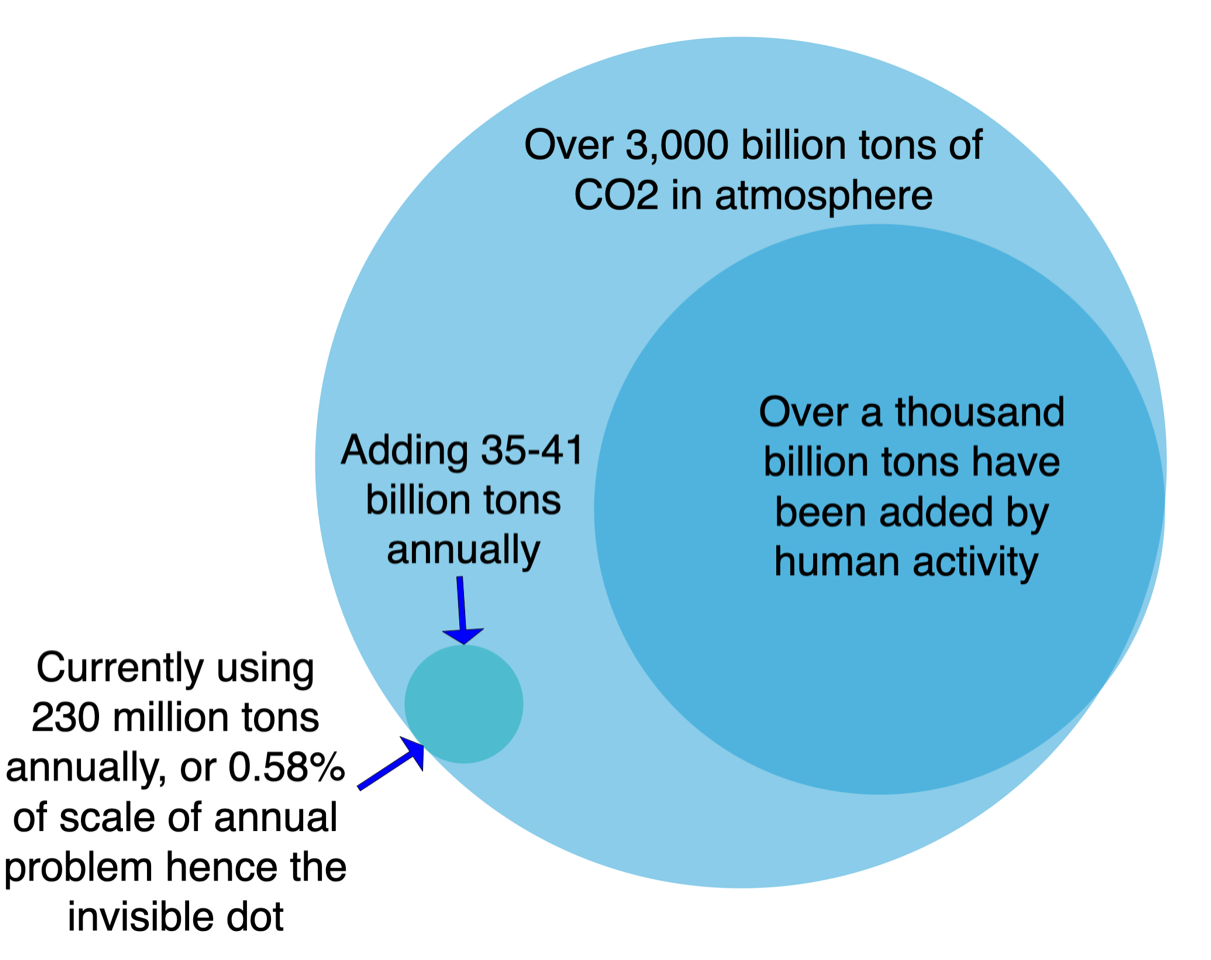· 9 min read
The world is going through a transformation as fundamental as the industrial or computer revolutions, a low-carbon transformation. As the latest UN IPCC reports make clear, we have to make enormous changes quickly. Investment and policy decisions have to be made about how much to spend on what and when, and too often the frame for those decisions is too narrow. Often, as in the case of hydrogen and electric vertical takeoff and landing (VTOL) air taxis, hype and glitz overwhelm rationality.
And yet, there are tremendous reasons emerging from technical innovation for optimism to leaven the challenges we will have with a world which will not stay within 2 degrees of warming. Electric cars, trucks and buses are taking off. Wind and solar energy are the cheapest forms of new energy and deployable in every country in the world. HVDC is now practical at much higher capacities and lower losses than traditional generation. 5G everywhere is a proven technology and starting to scale, bringing knowledge to every corner of the globe. New smart grid technologies are making our legacy physical infrastructure perform much more efficiently and effectively. GDP rise has decoupled from carbon growth for good. Our electric future is bright and amazingly efficient.
But that doesn’t mean we should be so optimistic about a utopian technical future that our brains fall out of our heads today. And so, this is the set of tenets I apply as a filter when I assess climate problem areas such as aviation and shipping, and proposed solutions such as grid storage, small modular nuclear reactors and hydrogen:
- Accept reality
- Respect scientific research
- Respect engineering
- Respect human nature
- Respect scale
- Embrace change
- Be pragmatic
Accept reality
With change comes both opportunity and setback, and the benefits and pain are distributed unevenly. We are in the midst of a tumultuous period. Global warming is real, the attendant impacts of climate change are being felt in hurricanes and droughts, wildfires and rising waters. The promise of artificial intelligence is starting to be realized, with large numbers of jobs now requiring at minimum substantial change as computers take more and more direct control from humans. Social media has been weaponized, and traditional media has in many cases been corrupted by PR efforts for both good and ill, more so than in the past.
The physical world changes much more slowly than the virtual world, but both are transforming at an unprecedented and uneven pace. Keeping up is hard, never mind looking ahead with any certainty. It’s possible we are in a Kurzweil singularity of exponential and unpredictable change, but the limitations of our human senses prevent us from seeing it. Be humble about knowledge and perspectives on the future.
Respect scientific research

We understand the reality of the physical world through science. The people who toil in labs — usually for long hours, little money, and little reward compared to other careers they might have had — deserve our respect. The papers they strive to publish should be reviewed carefully and thoughtfully. They should be considered in context of other scientific papers and in context of the hierarchy of evidence, with opinion at the bottom and systematic reviews such as the IPCC process at the top.
Respect does not mean blind reverence, but properly skeptical attention. When headlines about research papers appear, they should be treated with care and not immediately shared, even if they fit our biases of optimism or pessimism about a certain area. The underlying source should be assessed. Find it and at least read the abstract or executive summary. Is the paper in a peer-reviewed journal with a respectable impact factor or from a trusted institution? Does the paper support the often hyperbolic headlines, or is it much more cautious? Have the researchers or analysts asserted support for the press coverage of their research or are they cautioning that it is inaccurate? What quality of study from a data and methodology perspective was performed as best as can be assessed?
And understand that advances demonstrated in labs are a long and tortuous road from commercial and wide-scale deployment. What has been shown to work at a small scale may never be commercially viable.
Respect engineering
While scientists demonstrate possibility and enhance our understanding of nature, engineers build things which have impact. Engineers automatically start thinking about logistics, materials and capacity, not the art of what might be possible, but what is actually possible today.
While a scientist might find an interesting isotope of silicon to enhance solar panel efficiency, an engineer will look at material sources, cost and manufacturing difficulty. Things which look good in labs may work as prototypes, but may never be manufacturable in sufficient scale to actually deliver value. An engineer will look at prior art and attempts in the same space to see if something has been tried multiple times to no avail. 99% of engineers will look at hydrogen, see that it’s destined to be a fossil fuel with no distribution network and move on to something which makes sense.
When confronted with a possibility, for example air-borne wind energy, solar roads, or hydrogen fuel-cell cars, think like an engineer or find an engineering assessment on the domain.
And recognize that engineers are human too. The reality of hydrogen, air-borne wind energy and now electric rotorcraft air taxis, among many other things, is that engineers often are being paid considerable sums of money to do something intellectually interesting to them, and that doesn’t mean that there is any useful outcome from those efforts except that enjoyment. I’ve had that conversation with engineers in multiple technical domains, usually more mature ones who no longer are seduced by easy money and fun technologies, but who want to deliver actual solutions that are needed.
Respect human nature

Which one aligns with human nature, the sexy, very quick sedan or the electric rickshaw with the worst attributes of cars and motorcycles?
We humans are wonderful things, capable of amazing art, thought, and sentiment as individuals. And en masse we behave in moderately predictable ways. When people are given a free market to buy anything that they want, they will buy things which are more convenient, more comfortable, sexier and cheaper, all else being equal.
They will use climate control year round, they will eat tasty meat, and they will drive to the corner store five minutes away to get milk. They will drive around a parking lot for five minutes looking for a closer spot to the door rather than walk for three minutes. They will delude themselves into believing commute times that are only true at 3 AM on Wednesday mornings when buying homes that align with their internal vision of ‘home’.
If you want human beings to adopt something which is good for them in large numbers, it has to be more convenient, more comfortable, sexier or cheaper, and probably at least three of the above.
Hair shirts, short-range crappy electric cars — three-wheels or four — and giving up on creature comforts aren’t winning strategies. Any ‘solution’ which requires humans to behave against their nature in large numbers isn’t viable.
Respect scale

Global problems are big. Stupidly big. Enormously big. Any solutions to global warming worth talking about at length — as opposed to quietly just doing something about our own carbon footprint — should at least have the potential to be a 1% to 5% wedge.
Carbon capture and sequestration has proven to be what was obvious from some simple math years ago: too small, too slow, too expensive and almost entirely used for enhanced oil recovery. Whether it’s magnesite, capturing CO2 from vehicle exhausts, or at-source coal-generation carbon capture, it can’t achieve scale. Tiny wind turbines won’t cut it either.
And part of scale is time. Internal combustion cars won’t go away in years, but decades. Fossil-fuel electrical generation will continue to decline, but we will still be burning fossil fuel somewhere for electricity in 2100.
Even achieving mass market production of a consumer product takes significant effort, as shown by the production hell Tesla endured in 2018 with the Tesla Model 3.
Embrace change
When data changes and our biases and preferences are no longer supported by evidence, it’s time for us to change, not the data. As our lives are going to be disrupted by technology, look for the opportunity zones for our next career or gig. Our politics are proving to be whipsawed already in part by climate change, as the round of European elections showed after the Syrian refugees flooded into Europe. The world’s predictable boundaries are being redrawn and the lessons we thought were learned for life are now cast into doubt.
In some cases, this means accepting that battles we thought were long won such as abortion rights and near-universal vaccination have to be refought and arming for them. In other cases, it means accepting that many who aren’t techno-optimists are actively fearful of change and bringing them along the journey slowly with us.
In other cases, it means abandoning favored technologies which have not stood the test of time for mass deployment in sufficient scale to be a major factor, whether this is hydrogen or nuclear or carbon capture.
Be pragmatic
While wind turbines, solar panels, and HVDC transmission lines are no longer sexy new technology, just highly dependable modern technology, they are the backbone of the grid’s transformation. And while cars, trucks and buses are just that, they are by far the dominant forms of moving people around, and making them clean and green is much more pragmatic and useful than trying to get everyone moving through depressurized tubes above or underground, or trying to get them to buy electric tricycles. Accept that if nuclear fusion ever generates electricity in sufficient quantities to be useful, it will have nowhere to do it except in space.
If we ever arrive at a techno-utopia while still having bodies, it will have been done piece-by-piece, unevenly and incrementally. It will be continuous evolution and experimentation that leads to it, not revolution. The physical has actual rules, unlike the virtual, and while in some far distant future we might be able to sidestep some of them, we have these limitations for the foreseeable future.
It’s the foreseeable future our children will live in. It’s this world that all but the tiniest fraction will be born, live and die upon. When thinking and writing about technical solutions, pragmatism is a useful constraint.
We have the solutions to solve the problems facing us. It doesn’t take new tech, it takes deploying the tech we have and innovating around it, much more than inventing new gizmos. That’s the techno-optimist utopia that makes sense for the coming decades, not a laboratory experiment or insolation geoengineering pipedream. We don’t have to fix every problem, just the pressing ones without creating too many new ones.
As Voltaire said, “the best is the enemy of the good.”
A version of this article is also published in The Future is Electric. Energy Voices is a democratic space presenting the thoughts and opinions of leading Energy & Sustainability writers, their opinions do not necessarily represent those of illuminem.






